
Aurich Lawson | Getty Images
Ah, the annual end-of-year roundup, when it’s time to sit down and think about all the vehicles we tested in 2022. Comparing this year to years past, it’s notable how many electric vehicles make the list. Partly that’s because the industry released some pretty compelling new EVs this year, but it’s also a reflection of our coverage priorities—in the past, you’ve told us loud and clear you aren’t that interested in reading about new gasoline or diesel models. Read on to find out what impressed us most in 2022.
1. Kia EV6
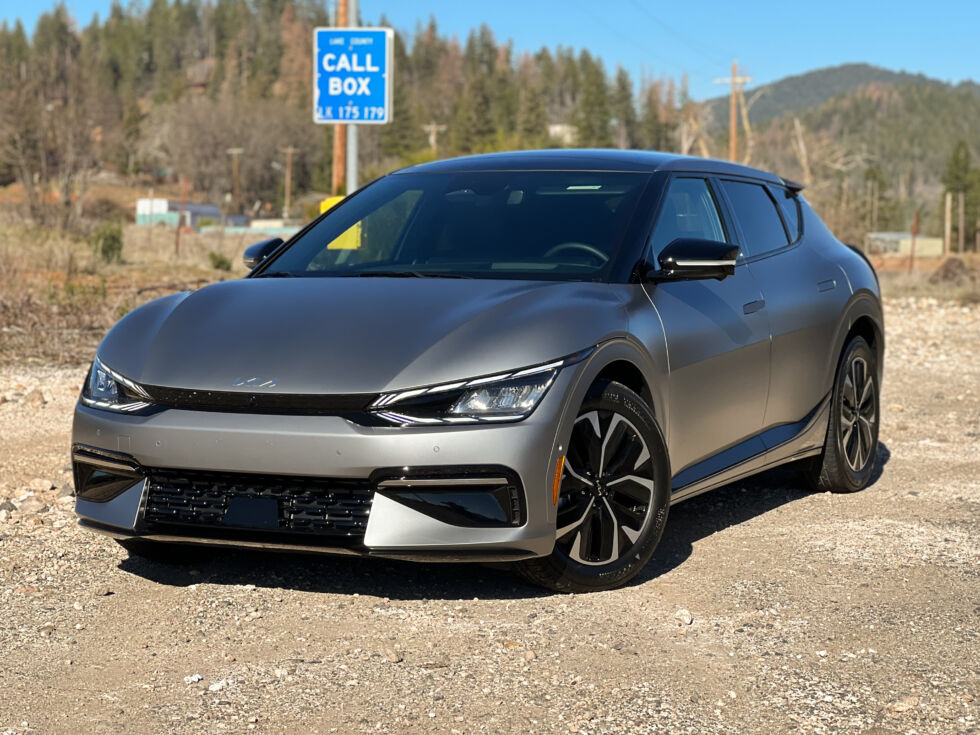
Jonathan Gitlin
Our winner is actually one of the first cars we tested this year, and it’s the Kia EV6. It uses a new 800 V EV architecture called E-GMP, shared with last year’s winner, the Hyundai Ioniq 5, that delivers impressive levels of efficiency for larger, heavier EVs while also boasting some of the best fast-charging in the industry—just 18 minutes from 10-80 percent on a 350 kW charger. Despite the shared roots, the Kia drives very differently compared to the angular Ioniq 5, with a sportier nature. And unlike the Hyundai, the EV6 is sold in all 50 states.
Sadly, Kia dropped the cheapest configuration from the roster this year—the $40,900 EV6 Light used a smaller battery and motor but only accounted for about 3 percent of customer orders, according to the company. Earlier this month, we got a chance to test the other end of the spectrum—the $61,400 EV6 GT, which is very fast but might just be overkill.
2. Ford F-150 Lightning
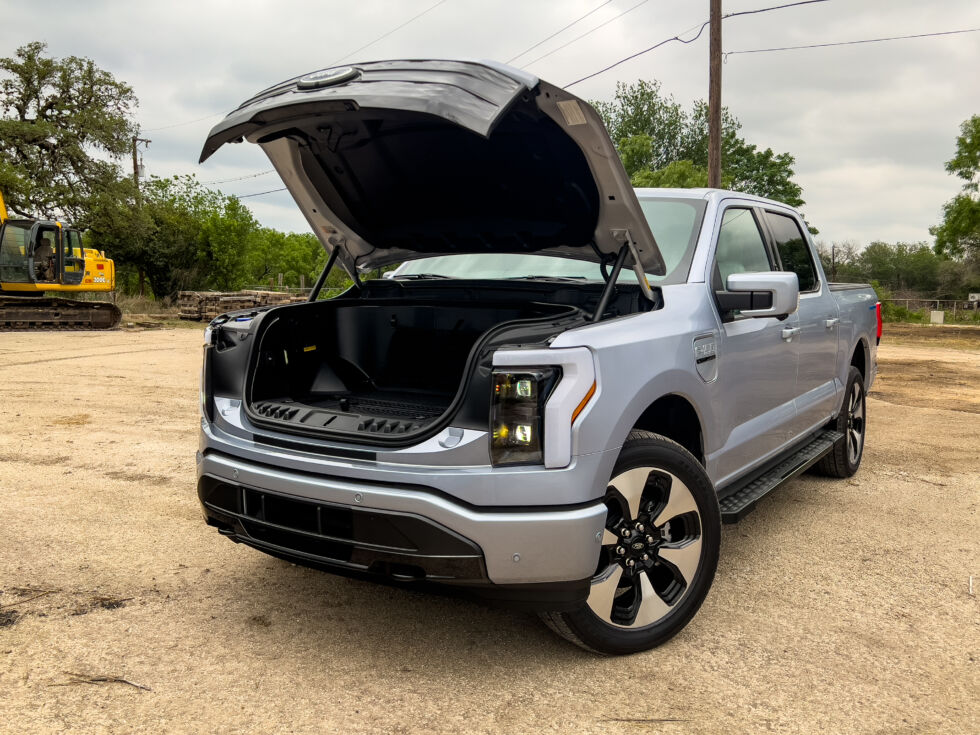
Jonathan Gitlin
It was a close-run thing between the EV6 and Ford’s new electric version of the bestselling F-150 pickup, the F-150 Lightning, and if people want to mentally swap these two around, I won’t get mad. For years the F-150 has been America’s most popular pickup, and bar a few subtle details, you’d be hard-pressed to tell the EV version apart from the hybrid and internal combustion-powered F-150s.
But the Lightning might just be the pick of the bunch. Its electric powertrain is far more efficient than any fossil-burning F-150, and with no engine to package under the hood, Ford was able to fit the trunk with a large, lockable storage space up front. The Lighting was designed as a work truck, and can use its battery to power a job site or even your home.
Getting hold of one might not be that easy, however. According to Ford’s website, “due to high demand, the current model year is no longer available for retail order,” and the OEM has raised the prices of the cheaper models several times since we drove the truck in May—the base F-150 Lightning Pro that started at just under $40,000 before the summer now costs at least $55,974, and the XLT version, which is meant to be the entry point for retail customers, saw its price tag grow by $10,500 to $63,474.
3. Genesis GV60

Jonathan Gitlin
When I reviewed the Genesis GV60 in August, I boldly proclaimed that it was a strong contender for car of the year, but in the end, the more egalitarian Kia and Ford edged it into third place. Like the EV6 (and Ioniq 5) the GV60 uses the E-GMP platform, which means great efficiency and very fast charging. The exterior styling may be a little divisive, but the interior is a real treat.
Genesis has included some rather interesting technology in the car, like the ability to use biometrics to unlock it instead of a key fob, and the suite of advanced driver assistance systems are very effective. It’s also a hoot to drive, with 429 hp (320 kW) as the nominal power output of the Performance version, which increases to 483 hp (360 kW) for short bursts via the boost button. That one costs $68,290, or $59,290 if you can make do with a less powerful 314-hp (234 kW) version.
4. Bolt EUV
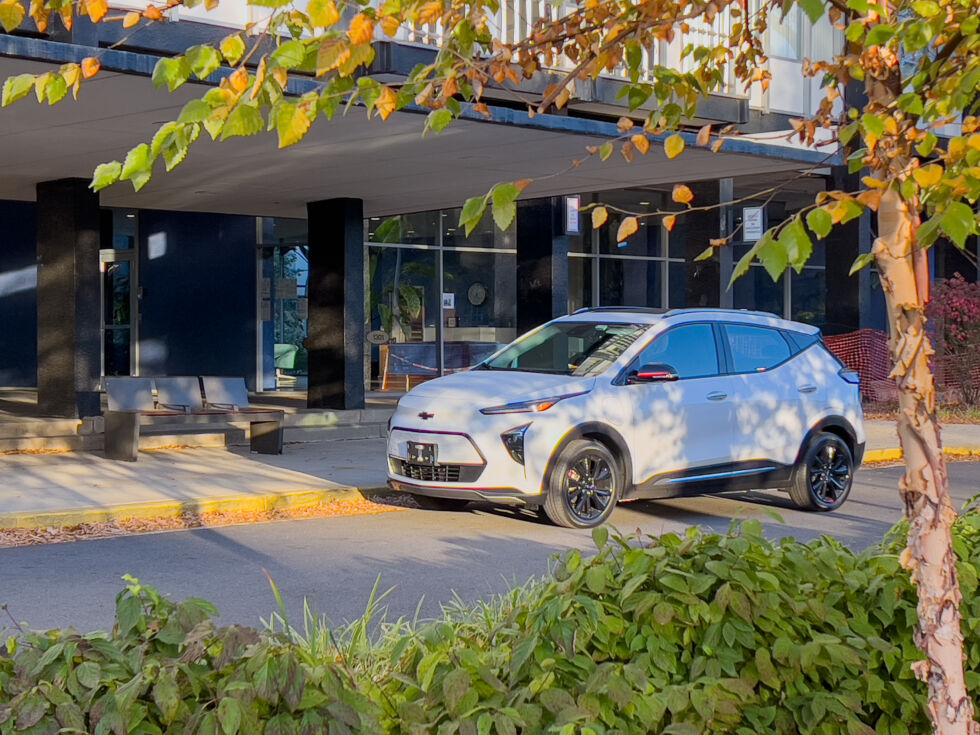
Jonathan Gitlin
An oft-heard complaint in the comments these days concerns the ever-increasing price of electric cars in the US, but there is still a handful of relatively affordable EVs—the Mini Cooper SE, Hyundai Kona Electric, and Nissan Leaf spring to mind. But the most affordable EV on sale today is the Chevrolet Bolt EV, which starts at just $25,600. The distribution of Chevy’s press fleet means we haven’t had a chance to drive the refreshed Bolt EV yet—that should happen in 2023—but we spent a week with the $27,200 Bolt EUV, a slightly stretched variant with more interior room.
The Bolt has always been impressive regarding range efficiency, and the Bolt EUV managed to maintain that reputation. It has a fine one-pedal driving mode, and you can also configure it with Super Cruise, the effective hands-free assistance system for highway driving. About the only thing I could complain about was the speed at which it will DC fast charge—a mere 55 kW.
5. BMW i7
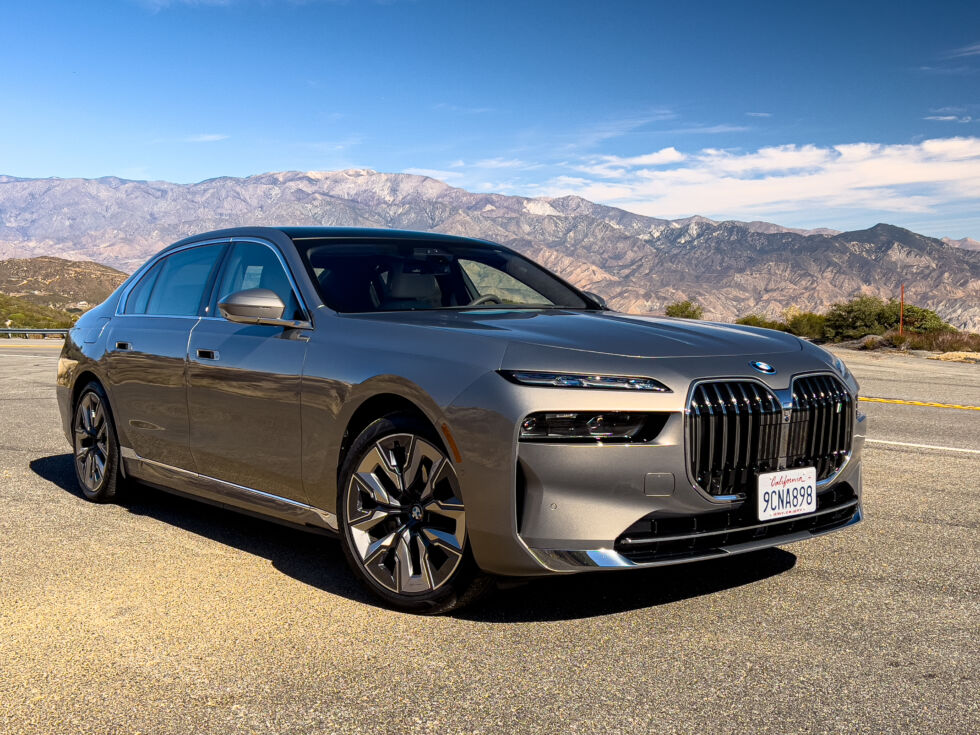
Jonathan Gitlin
BMW’s new i7 was one of the year’s revelations—truly a car I didn’t expect to be as good as it is. The Bavarian automaker made the bold decision to release an electric version of the new 7 Series alongside the fossil-burning version, and my take is that the $119,300 EV is the best of the bunch.
That’s because electric powertrains are smooth, silent, and extremely torquey—all attributes you want in a luxury sedan like a 7 Series. It’s a more engaging driver’s car than rivals like the Mercedes-Benz EQS, Tesla Model S, or Lucid Air, and the onboard tech is cutting-edge, including a great augmented reality system, a new hands-free driving assist that’s geofenced to restricted access highways, and one of the best infotainment systems on the market. I’m also a massive fan of the cashmere interior that’s an alternative to leather, but perhaps the biggest wow factor is the optional 31.3-inch 8K rear display that folds up when not in use.
6. Cadillac Lyriq
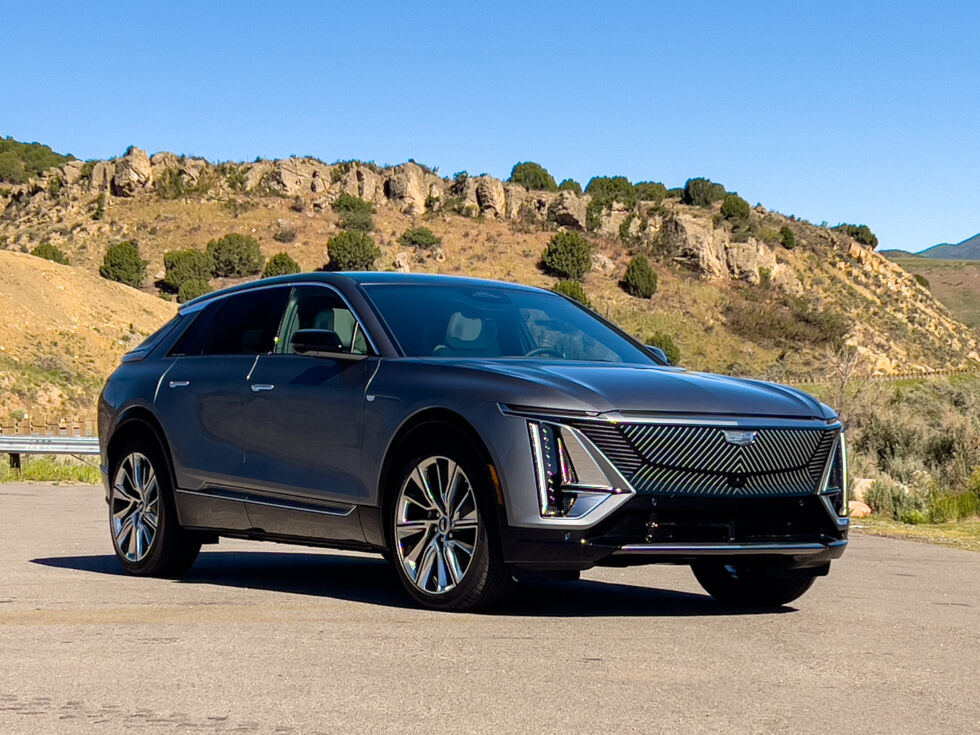
Jonathan Gitlin
2022 was the year we got our first taste of General Motors’ EVs using the company’s new Ultium batteries and Ultium Drive motors. The first of these was the excessive Hummer EV that was designed to appeal to people who think EVs are stupid. But a couple of months later, it was time to test the Cadillac Lyriq, a $62,990 SUV that was far more impressive (and efficient).
It’s a handsome-looking machine, incorporating an interesting light panel into the nose and a bustleback hatchback that calls back to the Seville. It’s got a pretty good tech level, too. The main instrument display and infotainment system are both on the same 33-inch screen, and unlike the Lucid Air or Mercedes’ Hyperscreen, the Cadillac’s display really is a single contiguous display rather than three displays bonded under a single sheet of glass.
The Lyriq also uses a new Android Automotive-based operating system that features Google’s Voice Assistant, and it was the first car I’ve driven where it will cast directions from both Apple Maps and Google Maps from an iPhone to the main display in front of the driver (in addition or alternative to displaying that information in CarPlay or Android Auto on the infotainment side of the screen.
Like the F-150 Lightning, the biggest problem with the Lyriq is availability; despite massively increasing production for model year 2023, Cadillac sold out rather quickly.
7. VW ID. Buzz

Jonathan Gitlin
There’s been strong reader interest in Volkswagen’s ID. Buzz electric van every time we’ve written about it. Although the US version is still a couple of years away, we were able to try out the shorter-wheelbase, two-row Euro-spec Buzz this year. It’s definitely an eye-catching EV, generating quite the buzz from pedestrians and other road users, helped no doubt by the striking (and optional) two-tone paintwork.
The European version isn’t perfect—there are no openable windows in the back, and it could use some rear air vents, and the second row of seats is not removable—all things we hope VW addresses between now and the launch of the US version in 2024. The infotainment system also suffers from the same lagginess as the one you find in the ID.4, another issue which ought to be solved by then.
While that sounds like far from a resounding endorsement, it was a very pleasant EV to drive, with great visibility and an excellent turning circle. And really, just look at it!
8/9. Ferrari 296 GTS and McLaren Artura
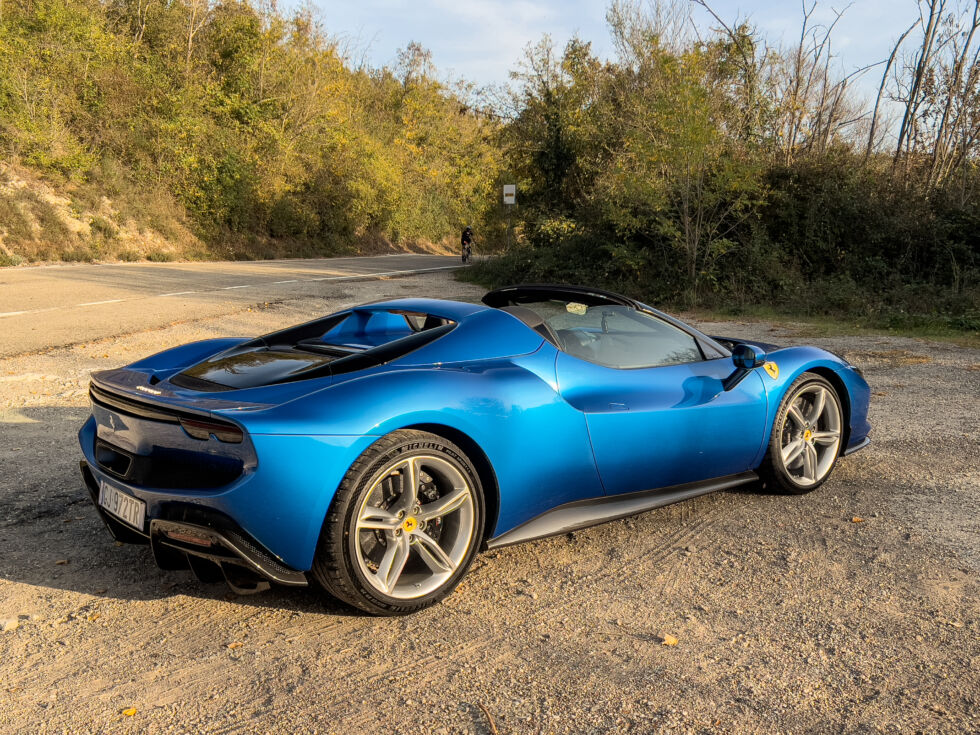
Jonathan Gitlin
We drove our first electrified Ferrari and McLaren supercars this year in the form of the new 296 GTS and Artura plug-in hybrids. Like the EV6 and F-150 Lightning, I’m finding it hard to pick which one of the two mid-engined cars I prefer.
Both represent clean-sheet designs for their respective makers, and both ditch larger-capacity V8 engines for twin-turbo V6s supplemented with an electric motor. Either will drive under electric power alone, albeit only for a few miles considering each uses a 7.4 kWh traction battery.
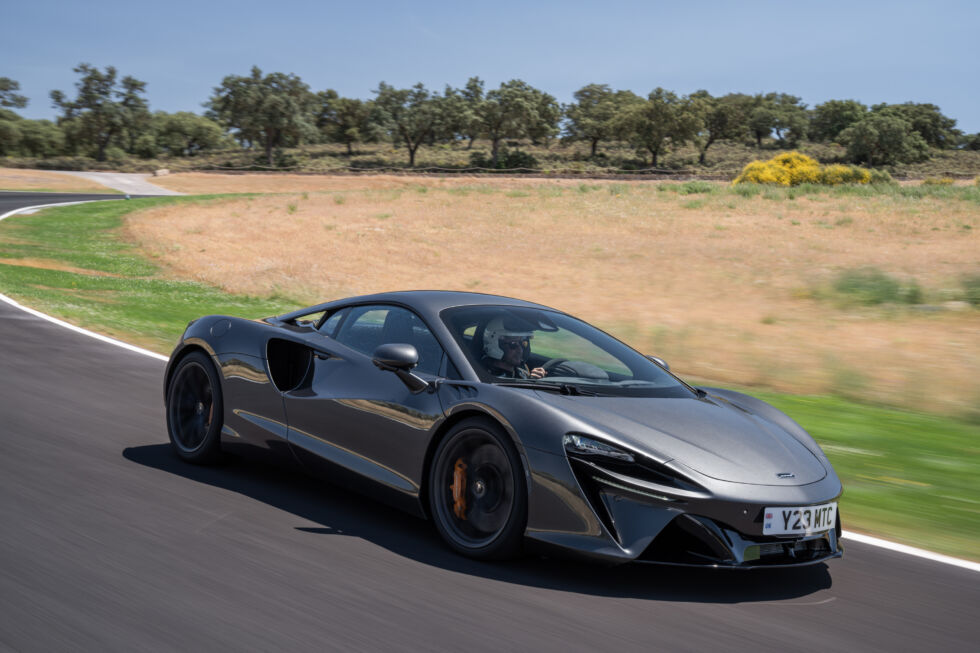
McLaren
The McLaren is a lot less powerful than the Ferrari, but the Artura is also $136,139 cheaper and has much less confusing ergonomics than the 296 GTS and its multifunction capacitive steering wheel. The Ferrari, on the other hand, should hold its value better than the British supercar.
10. Mercedes-Benz EQXX
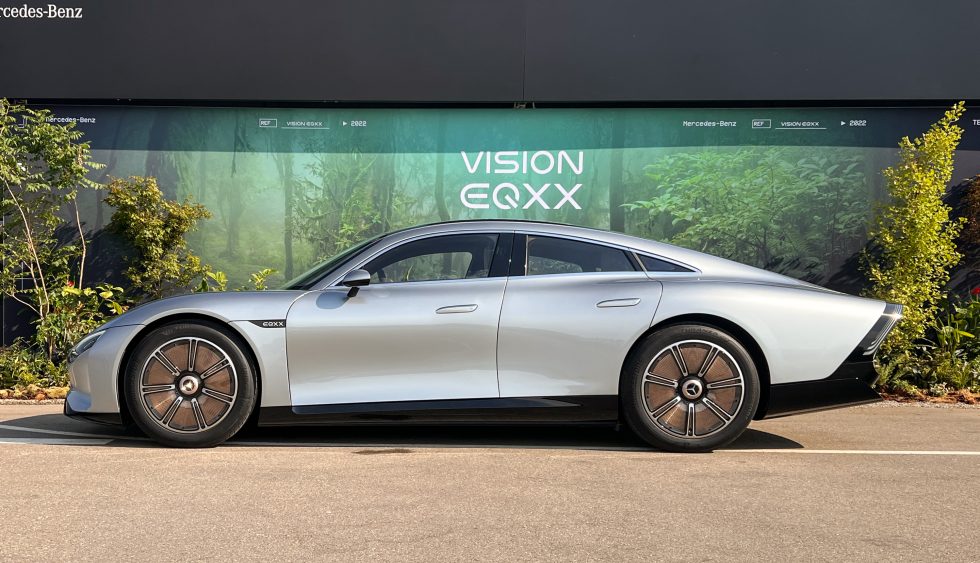
Jonathan Gitlin
The final place in my top 10 goes to a concept car, which might perhaps be cheating, but as concepts go, this one was extremely well-developed and should be thought of as a technology demonstrator than a styling exercise. It’s the Mercedes-Benz EQXX, and it’s a hyper-efficient EV that could drive 747 miles of public roads (1,202 km) on a single charge of its 70.2 kWh (useable) battery pack. A battery that’s air-cooled, no less.
Without too much effort, I achieved 7.44 miles/kWh (8.35 kWh/100 km) in the EQXX at Mercedes’ test track in Immendingen, Germany, helped by a UI that feeds you effective cues that help you to drive more efficiently. The EQXX also features some very innovative materials in the interior, including cactus and bamboo fibers.
What makes the EQXX properly interesting is that its powertrain tech is destined to appear in an entry-level electric Mercedes due in 2024, aimed as a rival to cars like the Tesla Model 3 and BMW i4.








